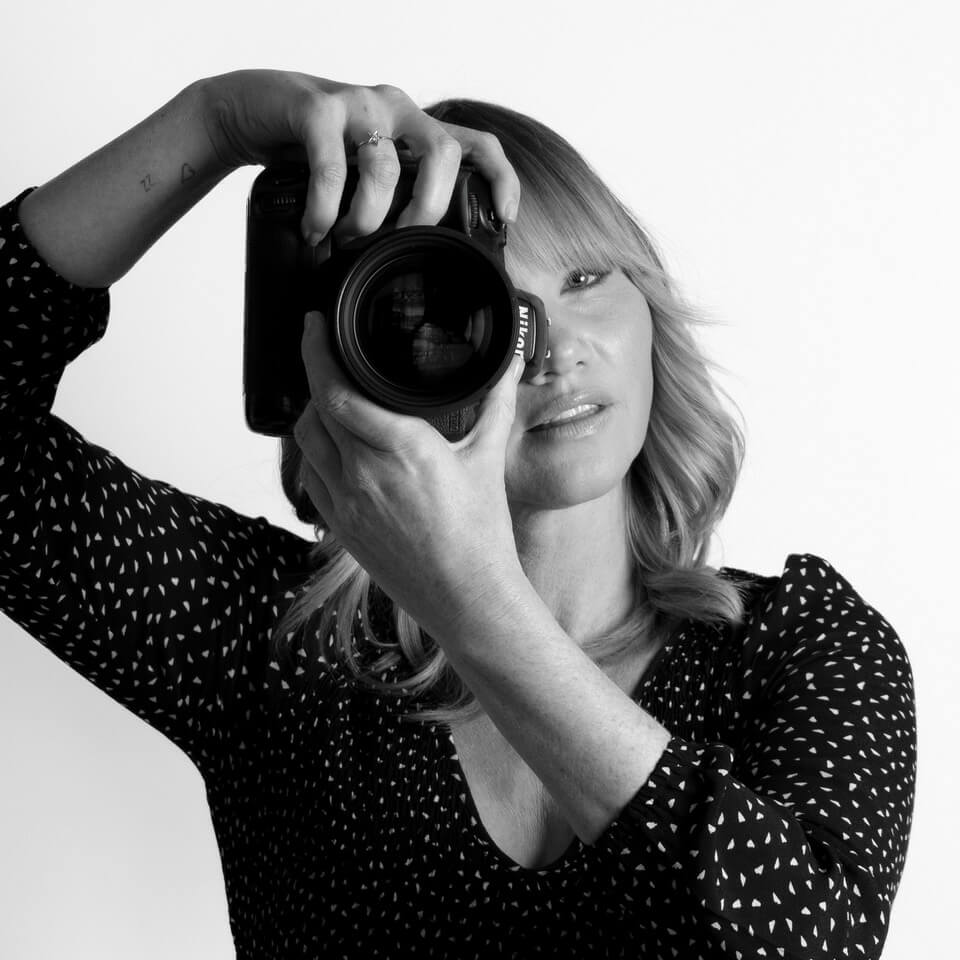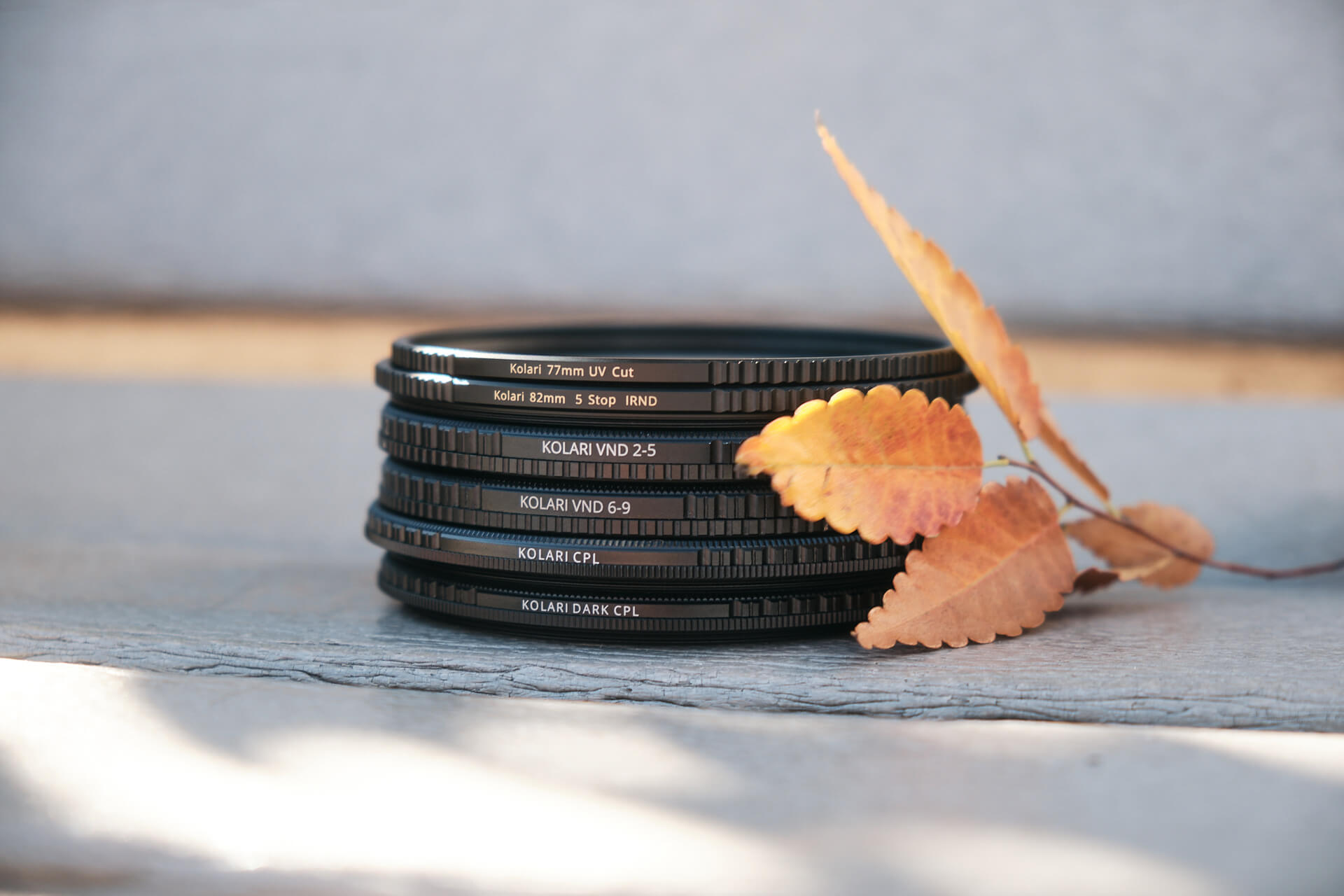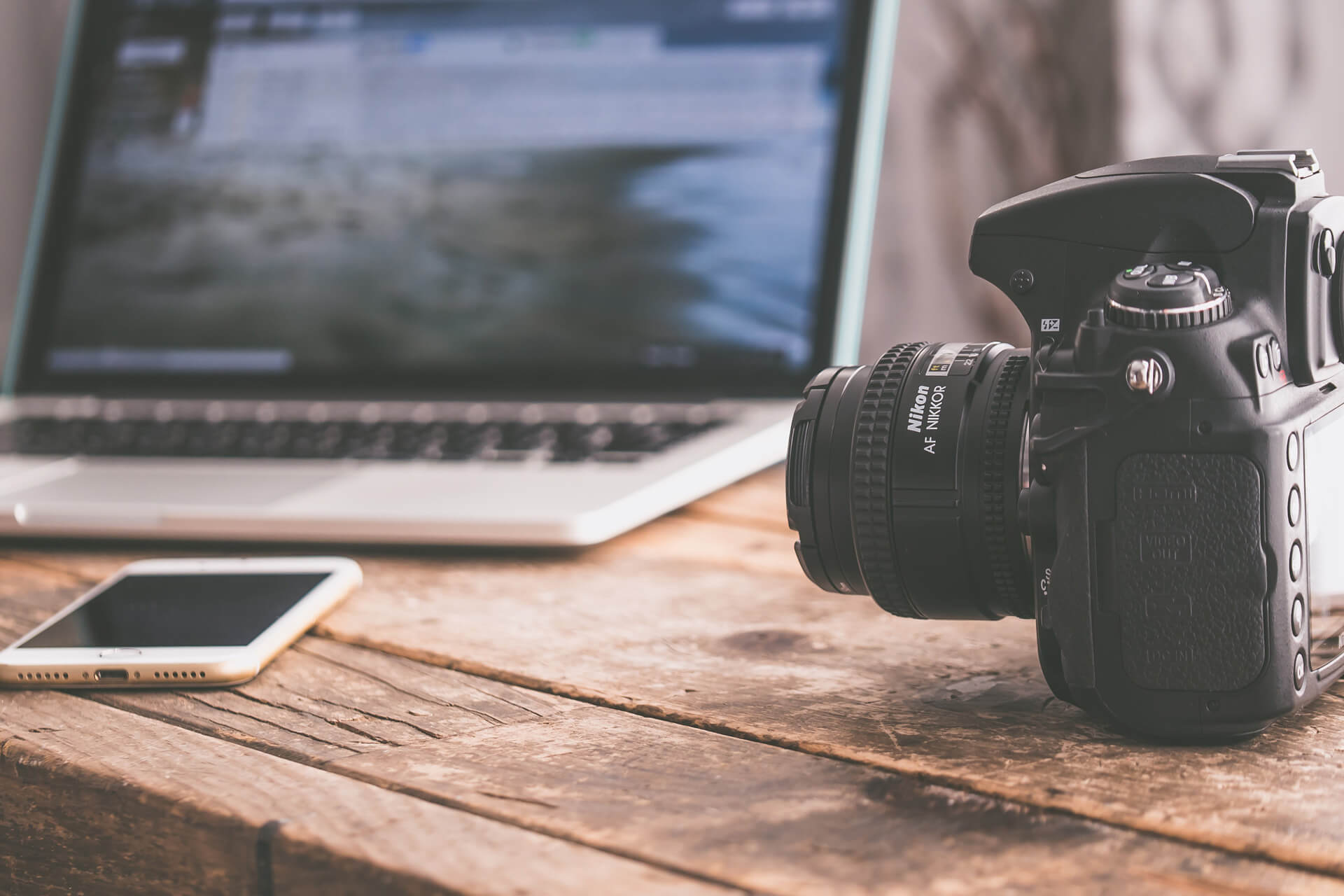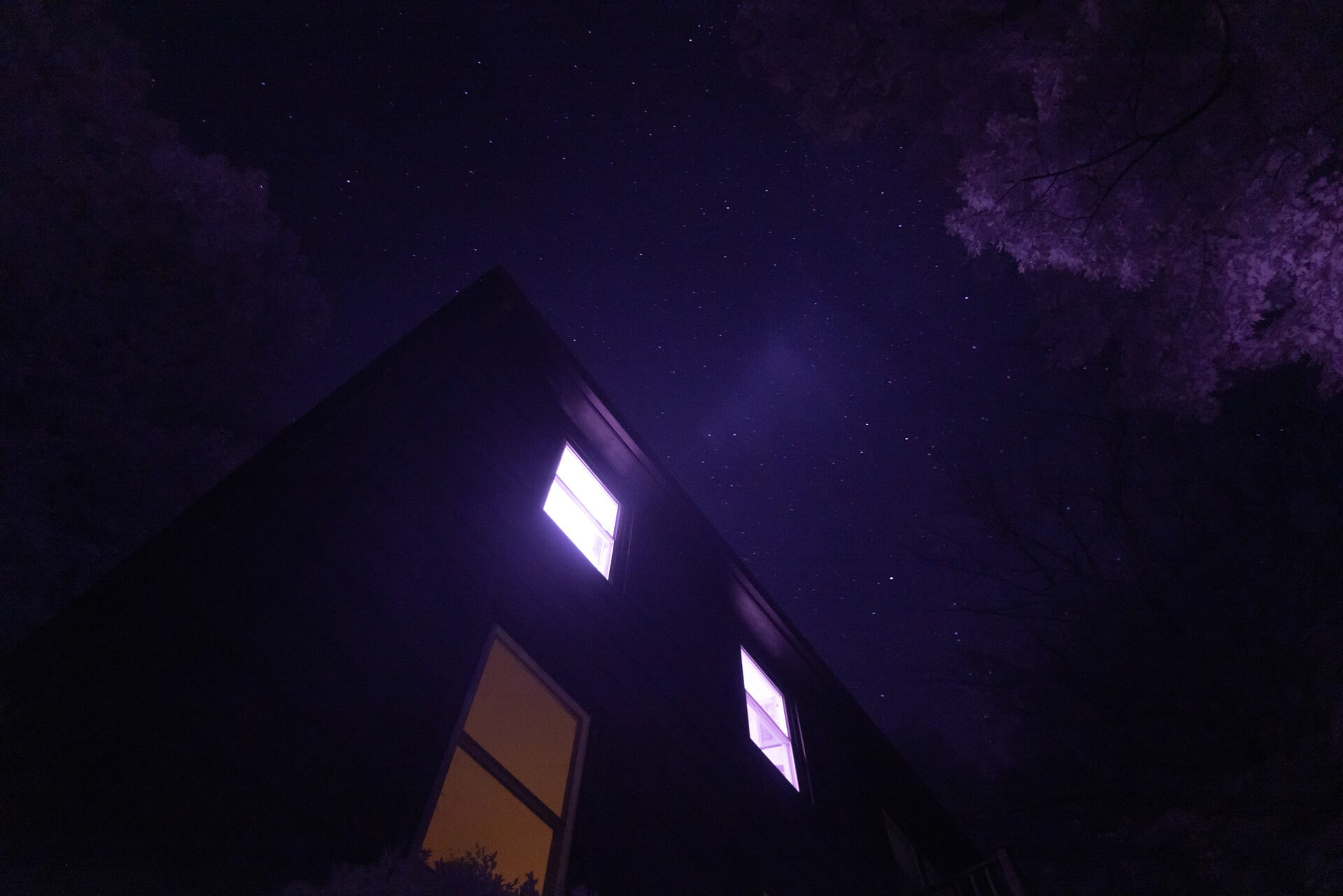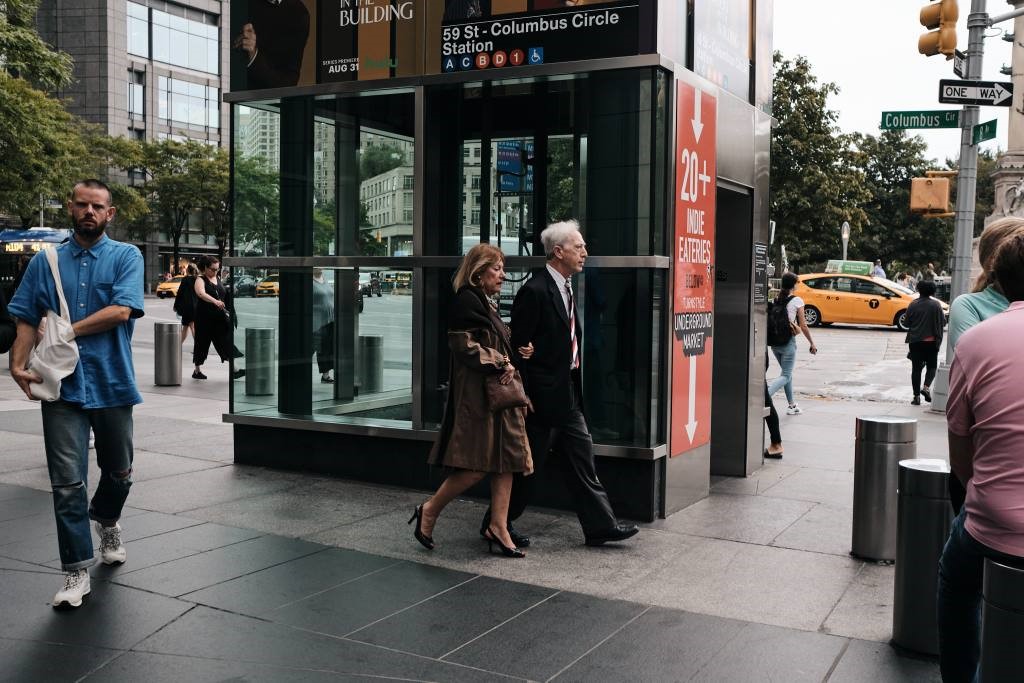Starting out as a pro photographer can be daunting, and knowing what gear you need to have on hand at a shoot can be challenging. It might take some time to figure it out, but after a while, you’ll have a core kit of camera bodies and lenses you know can cover almost anything a shoot throws at you.
This article isn’t about getting your basic kit together, though. This is about those often unthought-of things that I’ve found, over my years as a professional photographer, to be very handy to have in my camera bag. While we can’t carry everything everywhere, some of these things have been truly helpful to have on hand. Whether seemingly fickle or small, when you need to call on them, you’ll be grateful you threw them in (and you can thank me later!).
1. Microfibre Cloths
If you’re like me and jumping from a job on the road into a studio environment the next day, you’ll know how hard it is to stay on top of keeping your lenses pristine while on the go. While I routinely service and clean all my lenses, I’ve found it hugely important to have a good quality microfibre cloth on hand for dry-cleaning spot marks, fingerprints, and even dirt and grime off my lenses and camera bodies.
It has to be said that not all microfibre cloths are made equal. I carry a couple of ultra-fine weave, extra soft microfibre cloths that do a brilliant job of cleaning on the go, my favourite being the Nikon 8072 Microfibre cleaning cloth. For tougher spot marks, throwing a pack of disposable wet wipes in your bag for a quick wipe down before using a microfibre cloth is worthwhile.
2. Constant LED Light
Mixed lighting conditions can be challenging when starting out as a professional photographer. You can guarantee that there will be occasions where you will walk into a job, and the light in the environment just isn’t going to work for your shots.
While I carry a portable flash for moments like these (I like to use it off-camera), I’ve also found that packing a lightweight and compact RGB LED light in my kit has been helpful. An additional source of constant light that can either be handheld or mounted to a tripod or camera can be a real lifesaver.
There are a considerable number of options on the market, but I use a Phottix M200R for its ability to provide a full colour temperature range (3200K-5600K) as well as hue and saturation adjustment features. The light weighs around 200g and is about as big as your regular iPhone, so it’s a pretty portable and powerful little addition to your kit.
3. Spare (fully charged) batteries
It’s a no-brainer, right? Until you realise you don’t have spare batteries in your kit, or the ones you have are dead. I have a routine with my camera gear to ensure that wherever I go, I will always have at least one (if not two) fully charged spare camera battery with me.
After every shoot, the first thing I do when I return to my home studio – even before downloading any images – is collect all my batteries and charge them. Once fully charged, each camera body is assigned a battery, and spares are tucked into my backpack. Simple.
Good after-market batteries are available for all major camera brands if you want to save a few dollars on spares and haven’t got the budget for the real thing. I got a couple of affordable extras from Better Batt. Remember that a fully charged, cheaper spare battery is always better than having no spare at all.
4. Earplugs
This one is a little left-of-field, but if you’ve ever been shooting at an event with loud or live music, speeches, or fireworks – you’ll understand that having a pair of earplugs tucked away in the side pocket of your camera bag can be a real saviour.
As photographers, we are so regularly thrown into situations and environments with unexpected elements we often have to get up close and personal with. A good pair of earplugs for those rare moments you might need them is a handy tip I was given early on in my live music and performing arts photography career. I’ve reached for them more times than I can count, and they double as a great sleep tool after the shoot has wrapped when out on location.
5. Disposable (clear) rain poncho
Nothing is worse than being caught in the rain with nowhere to hide in the middle of a shoot. A disposable rain poncho packed into your camera kit is a quick way to take cover when you’re outside and the rain comes down.
Being a live music and performing arts event photographer, there have been plenty of times where the weather has decided to turn mid-shoot while I’ve got over 10k worth of gear strapped to my body. My first priority will always be to protect my equipment, so having a throw-over poncho in my pack has been helpful on more than one occasion. I tend to opt for disposable, thin, clear ponchos. While they may not be as robust in a downpour, I’ve found that the thinness of the material does a good job of protecting my gear while sometimes even allowing me to shoot through it, occasionally getting some interesting, creative shots. Talk about making the best of a bad situation!
6. Camera Straps
If you take several different camera bodies with you on shoots, you might need to invest in a couple of additional straps to suit your situation. While a good, sturdy single camera strap is a fantastic all-rounder, there are a wide variety of straps out there that you might want to consider other options.
For most jobs where I use a single camera, I use a personalised leather strap from Lucky Straps. It’s sturdy and comfortable for a few hours of shooting, and its quick-release system can have me changing out camera bodies quite easily. When looking at a long shoot day or using two camera bodies, I prefer to switch to a Holdfast Camera Swagg set-up. The dual rig support system is very user-friendly, saves my back and neck by balancing the weight of the two cameras evenly, and even comes in vegan-friendly options.
I also carry a thread-through wrist strap in my camera bag that I can quickly attach to an additional body or film camera on the go in case I need it. Having a range of camera straps with you can impact how you approach a shoot, particularly when using more than one camera body, so don’t be afraid to bring a couple of spares with you on your next shoot.
7. Filters
While I could dedicate an entire post to filters and their uses, it’s important to note that having a couple of quality lens filters in your camera bag is quite essential. Not only do filters provide your prized lens glass with much-needed protection from the elements but having a small range of filters on hand can help out when trying to achieve a specific look or feel to your imagery.
There are three basic filters I always have with me. I always bring a UV filter for lens protection and to reduce haze in outdoor scenes, a polarising filter to enhance colour contrast and cut reflections in landscape scenes, and an ND (Neutral Density) filter for cutting light in bright settings where I want to widen my camera’s aperture. If you want to get creative, many SFX filters are available for various effects and outcomes. Kolari Vision offers a range of filters for professional and hobbyist photographers.
8. Spare (empty & formatted) memory cards
Now this one really is a no-brainer. I’ve often seen photographers freaking out because their card is full and they didn’t bring a backup. If madly deleting files on the go isn’t for you, bring a couple of spare, empty, and formatted memory cards with you in your bag. Extra cards can also help you establish an easy editing workflow by separating segments of a shoot onto different cards if it suits you to work like this.
9. Bulldog Clips
Bulldog clips are a photographer’s best friend! From rigging up backdrops, securing reflectors to stands, taking the slack out of loose clothing on a subject, or even in a pinch, clipping up hair – you can never go wrong with having a couple of bulldog clips at the bottom of your bag. They can be used for various purposes on a shoot, and you’ll be grateful you threw them in when you need them.
10. Muesli Bars
I know you’re asking why I would put muesli bars on this list. Surely, there are more important things a photographer should carry in their bag, but I beg to differ. By all means, feel free to swap muesli bars out for any other non-perishable edible items that fit nicely in your bag, but I have found that there have been innumerable occasions where I have been shooting over meal times – while at an event or where others around me are eating, and I am busy capturing the scene.
Photographers can regularly be left out of catering numbers. It’s not a good look as a professional contractor to be eating the hors d’oeuvres with one hand while wrangling a camera with the other, so always check with your event coordinator if you will have access to food and water and breaks during your call. The humble muesli bar or two can take the edge off meal time and ensure your energy levels remain high throughout a long shoot, so throw a couple in your bag and never starve on a shoot again.
Final Note
As photographers on the go, we need to be prepared for a myriad of situations, lighting conditions, events, and weather. While you never can be fully covered for anything, these few tips and tricks I’ve learned along the way have been hugely helpful to me, and many of the items I’ve shared don’t take up a lot of space in your camera bag, so don’t be afraid to throw them in. And don’t forget the muesli bars!
Author Bio:
Jade Ferguson is a Brisbane, Australia-based photographer who applies a fine art approach to the subjects she shoots. As an early-career photographer, her work attempts to create an emotionally visceral experience for the viewer by capturing the unseen. She works with film and digital formats; her subjects cover portraiture, performing arts, and a developing personal art practise. She is currently an undergraduate at Griffith University, Queensland College of Art, studying for a Bachelor of Visual Art.
